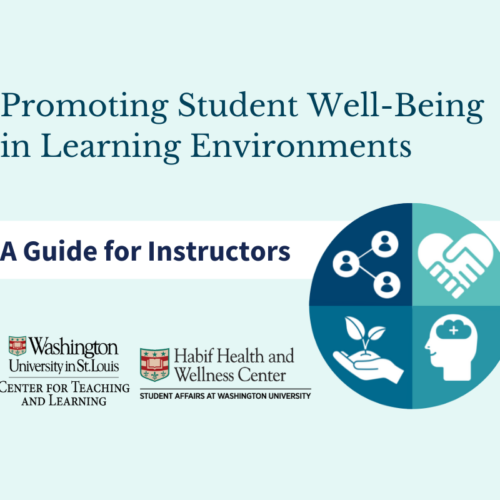An Explainer on Trauma-Informed Teaching: The Chronicle of Higher Education
In a recent newsletter from The Chronicle of Higher Education, reporter Beth McMurtie outlines some of the challenges of trauma-informed teaching and offers advice about how to address them. McMurtie spoke to Mays Imad, a professor of genetics, biotechnology, and bioethics at Pima Community College, as well as other teaching experts for the article.
“If you thought going to the grocery store was stressful, picture spending two hours in a room with other people, trying to give a lecture or have a conversation. Aside from the logistics of being able to hear someone talk through a mask — or plexiglass — imagine how tense everyone will get if a student coughs. And what about all of the other challenges the people in that room face each day, as they wend their way across campus, worried that they might be exposing themselves to a dangerous virus?” McMurtie writes.
Professors should not act like therapists or counselors but should recognize and adjust to this situation, McMurtie notes in the article. Students will likely have a more difficult time learning due to the trauma of the situation, so instructors should follow these tips while teaching (we’ve summarized the longer text):
1.) “Don’t go it alone” – Work with colleagues to devise strategies for teaching. “This network will give you both a sounding board for your ideas and a support group to help manage your own stress during this time,” McMurtie writes.
2.) “Re-examine your course” – “Ask yourself, what are the core things you want students to learn? Have realistic expectations for this semester. Simplify your syllabus,” McMurtie writes.
3.) “Be organized but flexible” – ” Structure your course, and your goals, as clearly as possible, so students understand where you’re headed and how you plan to get there, week by week. But also be flexible, should challenges arise,” McMurtie writes.
4.) “Re-emphasize concepts and scaffold” – Because stress affects memory, students will likely need more reminders throughout the semester. “Build those guideposts into your syllabus, course-management system, and class meetings,” McMurtie writes.
5.) “Involve students” – “Ask students to contribute to the design of the course in meaningful ways. Perhaps they could create a class assignment, or suggest how they would measure what they’re learning,” McMurtie writes.
6.) “Don’t take things personally” – If students tune out during the semester, it might be because they’re unable to focus, not because they find the content boring.
Read the full article in the newsletter and get links to resources here.


